If you’ve been following Ryan Brown and I at Darkside Strength, you know that we like to use the “ground up” approach – building safe and proficient movement patterns through the use of developmental positions. These positions are in reference to the methods in which baby humans learn to explore movement. Yes, infants are basically made of rubber and their hip joints look more like shoulder joints, that possess ridiculous mobility. However, those little guys learn to control that mobility by putting in months of work and progressing from position to position – supine/prone, sidelying, quadruped, half/tall kneeling; until they have developed the necessary stability to stand, squat, walk, run, jump, etc.
As adults, it’s beneficial to revisit these positions to hone and refine our movement -especially since today’s more sedentary lifestyle seems to cause some loss of mobility and reflexive motor control.
The half kneeling position is a fantastic tool to improve these attributes. By lowering the center of mass (compared to standing), the athlete can practice moving through the hips and shoulders with less compensation and unnecessary motion through the pelvis and lumbar spine – which is common and more difficult to overcome in a standing position.
If you’re not utilizing it at some point in your warm-up, training, or rehab – perhaps you should be. Here are some more reasons why:
Reason #1: Trunk Stability
To echo the message of smart people such as Gray Cook, Charlie Weingroff , and Mike Robertson who have really made this stuff mainstream, we need proximal stability to have distal mobility. In other words, we need relative stability through the trunk to make full use of the range of motion available in joints such as the hips and shoulders. In other other words, a reflexive core that activates at the correct time and with the appropriate intensity is the prerequisite to having arms and legs that perform well. It doesn’t matter how much force you can generate with your extremities if your trunk is not in the position to oppose and transmit that force; and it doesn’t matter how rigid you can make your core if the intensity of the contraction is not appropriate or is not timed properly, based on the specific movement demand.
Enter half kneeling.
The base of support is fixed at hip width or more narrow. Narrowing the base can further increase the demand on trunk musculature, and requires the athlete to stabilize reflexively with intrinsic musculature throughout the body – as opposed to simply widening their base of support and “hanging on their joints and ligaments” In addition, balance overcorrections will lead to you falling on your butt. Holding your breath will exacerbate this. There is nowhere to hide. You need reflexive, well-timed contractions from head to toe as well as breath control, in order to remain stable. This is a theme that carries over to all athletic endeavors.
Here’s a video of a proper half kneeling position along with a simple trunk and balance exercise.
You can practice with 1-2 sets of 30-second holds. Once the position is dialed in, there are countless drills to progressively challenge the trunk while achieving dynamic movement through the extremities. Here are some common, yet effective ones.
Pallof Press
This drill requires reflexive stabilization of the inner core and hip stabilizers to oppose movement in the trunk, and transmit force to the arms.
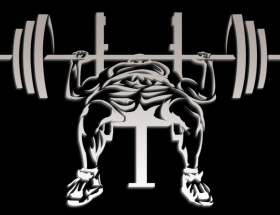

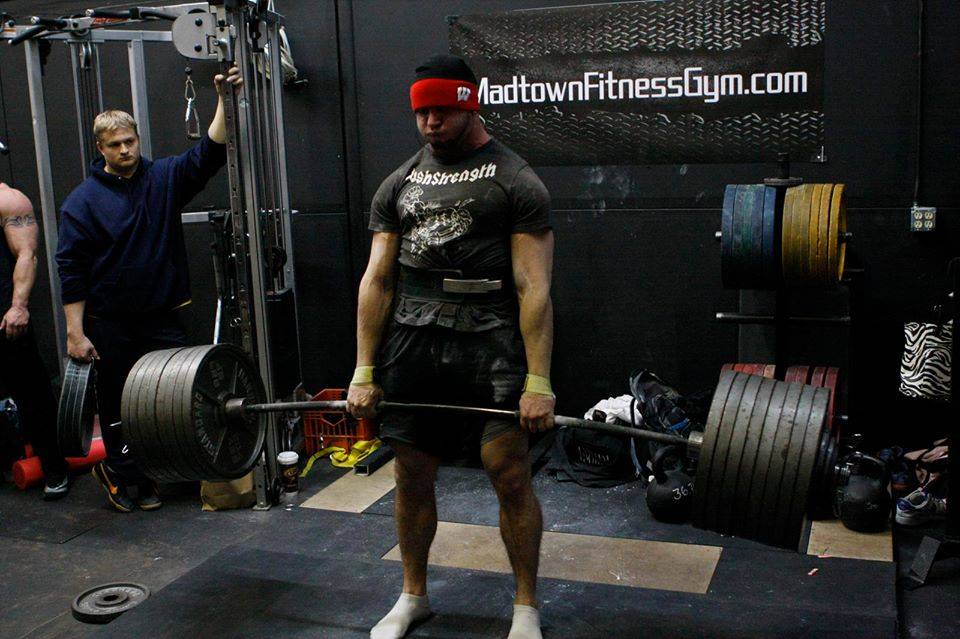

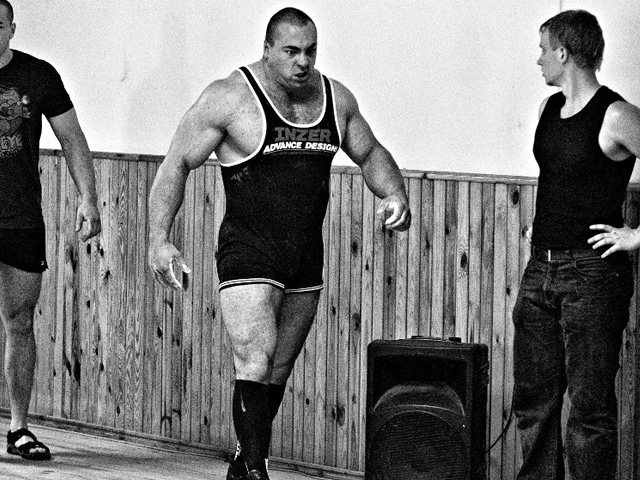
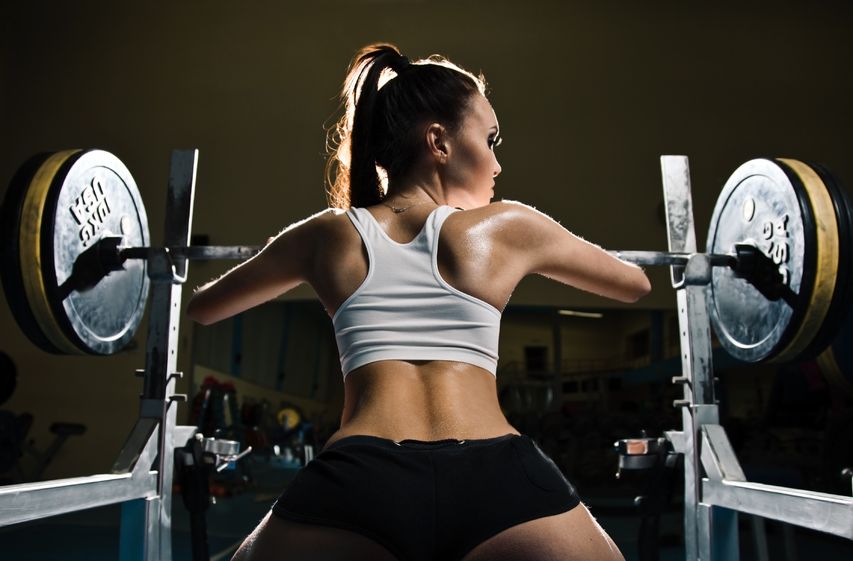
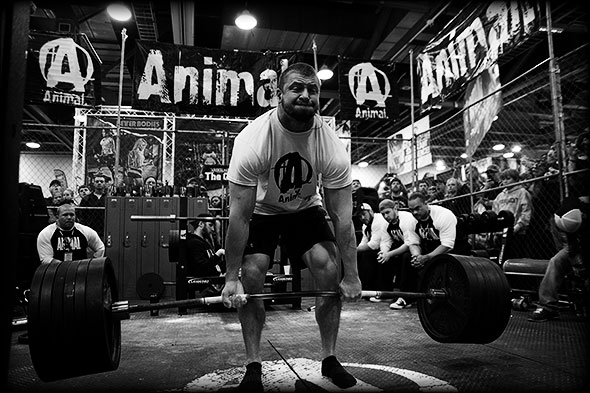
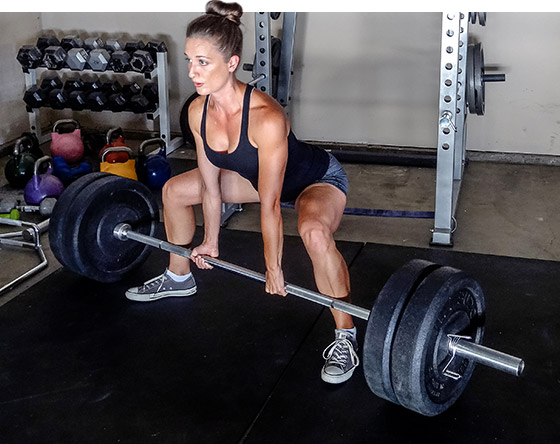

Nejnovější komentáře